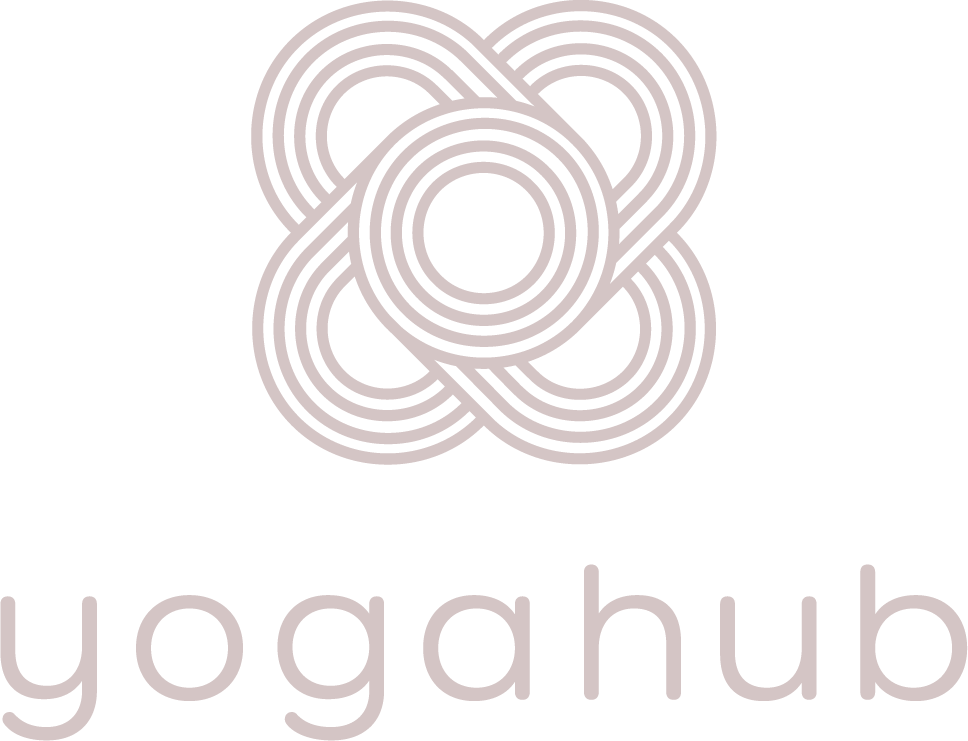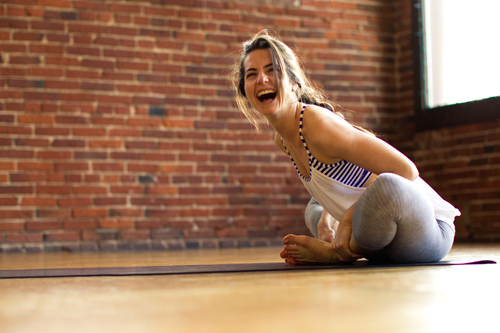It’s happened to all of us at some point or another. You’ve done 6 downward dogs in half an hour. Your body is saying,”No,” but your mind is looking around the room, making sure not to fall behind. Everyone in class is going into a 7th downward dog. You know that your shoulders have had enough. You know that you’ll be carrying a backpack for about 20 minutes on the way home. But you feel like you need to get through that 7th downward dog.
You do it. And after 3 breaths, something doesn’t feel right. You lay in Savasana 10 minutes later, wondering if everything is okay. Class ends, you get up, smile, and leave, but you’re just thinking about having to put on that backpack. Your left shoulder already feels like 5 new knots have formed. You wonder why that is when minimising shoulder knots was the reason you started yoga in the first place. You transfer your bag to your right shoulder to compensate, but it only helps a little.
When you get home, you know what’s happened. You know it because you don’t have that blissful floaty sense of having been to a yoga class. Instead, you feel a bit concerned, that maybe you’re not fit to do the practice. But it’s not the practice. It’s not the pose. What’s happened is that you’re ego has been to yoga.
It’s a question that everyone, from a beginner to an advanced practitioner, needs to ask themselves: How do I know when my ego is doing my yoga practice?
Here are some helpful notes and questions to ask yourself to maintain a healthy ego in your practice:
- Notice your breath. Is your breath steady? When you hold the breath during a pose or if it becomes a heaving breath, this is a good indicator that your ego is running the show. No matter how complicated or strong a pose is, make sure to take your time, be gentle, and keep the breath slow and steady. Even the strongest and most complicated poses are based on a foundation of focused, easy breath.
- Are you more aware of other people in the room than you are of yourself? If you find yourself looking around the room at what everyone else is doing, then your ego may be wrapped up in thoughts of comparison or judgement. It’s okay if you need to check in with the teacher, or make sure you’re not facing a different part of the room. But just notice if the thoughts are supportive of your practice or not.
- Are you demanding too much of yourself? There’s a fine line between challenging yourself and demanding too much from your practice. When you’re in a strong pose, check in with your breath. Check in with your face. Can you smile? If you can’t smile, laugh, or breathe, then you may be demanding too much of your body.
- Are you maintaining a sustainable practice? It’s not worth doing such a strong practice that it takes 5 days of doing nothing to heal from it. When you do just enough, but not too much, you can do yoga nearly every day and feel great. It’s when you push a practice so far that you injure yourself, that your ego has taken over. If this happens, it can turn into a 1-step-forward, 2-steps-back cycle. Do as much as feels healthy every day. Don’t try to work towards a pose and put a time constraint on it. Allow the pose and your practice as a whole to progress naturally and with ease.
- Note that the goal of monitoring the ego is not for the purpose of an “ego death”. The ego is a very beneficial tool when used properly. The ego is there so that goals can be enjoyable. The ego is there when you’re about to try a pose for the first time and butterflies run through your body. You may fall over, and you may laugh. Being able to try a pose that you’ve never tried before, and to fall 3 times, laugh, and have fun when you do it again the next day–that’s a healthy, balanced ego.
Ask yourself these questions when you’re exploring your practice and breaking through limitations. Keep the communication between you and your ego open. Let it mature. Let it learn that your well-being comes first and that progress can be playful.



